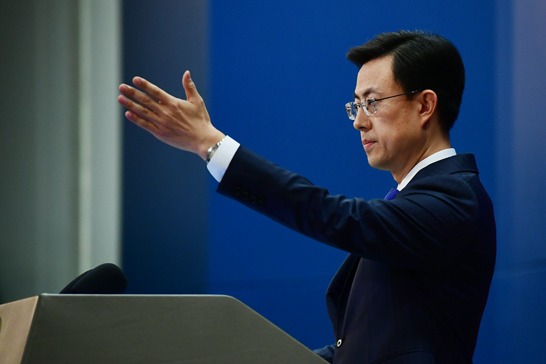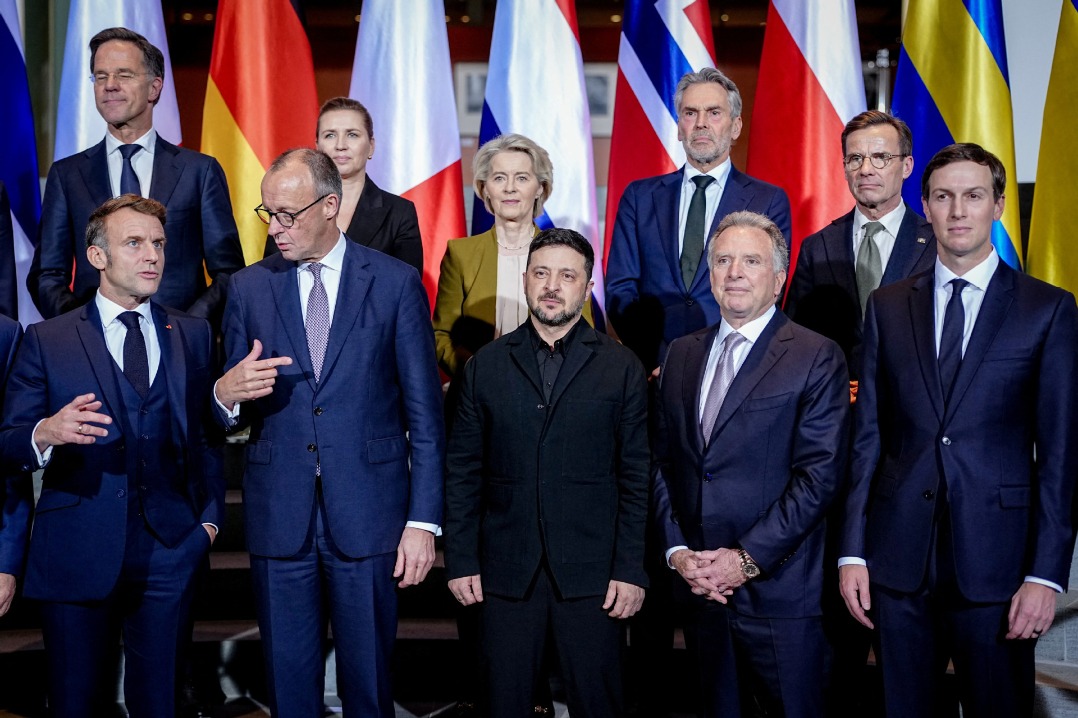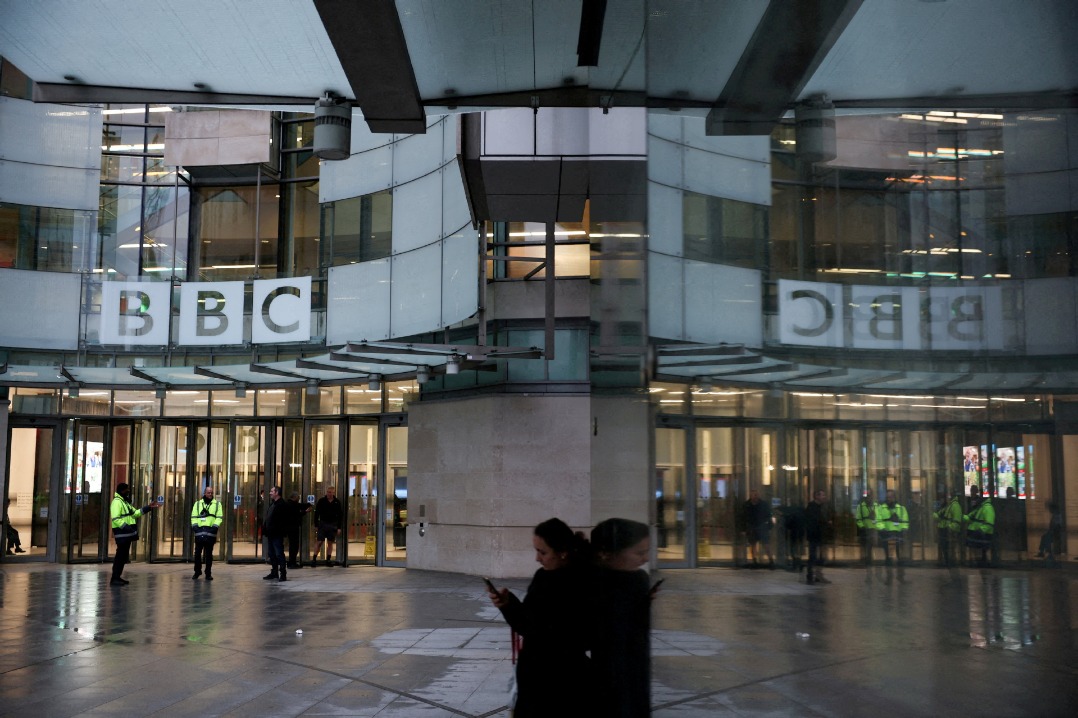Empresses have their day in the sun

In 1903, when Chinese Empress Dowager Cixi, the most powerful woman in China at the time, asked an American artist to paint a portrait for her and sent it to the US as a gift, she probably never dreamed that the work would go on to serve as a symbol of US-China cultural diplomacy for decades to come.
The life-sized portrait is now the centerpiece of an exhibition called Empresses of China's Forbidden City at the Peabody Essex Museum in Salem, Massachusetts. The show tells about the lives of the most esteemed women in China's last dynasty, the Qing (1644-1912), by showcasing more than 200 articles of clothing, portraits, jewelry and other treasures from Beijing's Palace Museum.
It is one of the first major exhibitions to focus primarily on Chinese royal women and their roles not only as wives and mothers in the royal family, but also as role models for the country and at times even for the rulers themselves.
"The exhibition helps American audiences get a more complete picture of China's history, and to understand women's role in it," said Ren Wanping, deputy director of China's Palace Museum, one of three institutions that organized the exhibition.
Uniquely telling the story from the women's perspective, the exhibition was described by Ren as one that could shatter some of the stereotypes of Chinese women through history.
"Many people think that Chinese women always had to practice foot-binding, and were strictly restricted from going outside. This exhibition has paintings showing the empresses going hunting with their husbands," said Ren.
One section of the exhibition called "Navigating Politics and Diplomacy" showcases how the empresses, especially Empress Dowager Cixi, who came to power in the late Qing Dynasty, pursued their own political ambitions.
"It's always amazing to me to see how women in culture after culture, despite the restrictions on their lives, managed to be great people," said David Crelline, a visitor from Boston.
Featuring treasures from the Palace Museum that have never before left China, the show was brought together by the combined efforts of both Chinese and American experts, who strived to make the Chinese stories accessible to American audiences.
A popular piece in the museum, a poem written by Emperor Qianlong mourning his beloved wife, Empress Xiaoxian, who passed away at the age of 36, was presented both through the original calligraphy and through an English translation by a Chinese literature expert.
"I really appreciate the translation," said Ren. "Without it, the poem would be no more than a calligraphy piece for American audiences. Only after it was translated into English, could people realize the thoughts buried there and understand the deep love between the emperor and the empress.
"To hear his beautiful but sad sentiment expressed in that poem, which was so beautifully translated, was a very special part of the exhibit for us," said Crelline.
The curators hope that by telling the life stories of women in the Chinese court, they can make Chinese culture and history more accessible and relevant to foreign audiences.
"Together, we made the Forbidden City not forbidden. It's accessible to you," said Daisy Wang, PEM's curator of Chinese and East Asian art and co-curator of the show.
The exhibition features items that visitors can interact with, such as touchable embroidery and a digital drawing board where people can design their own Chinese gowns.
"Previously, the exhibitions we did were comprehensive but general. This time we approached from one specific perspective but dived in deeper. And that, we hope, would facilitate mutual understanding across cultures," said Ren.
The exhibition comes at a special moment in US-China relations, when the two countries are about to mark the 40th anniversary of their diplomatic ties.
"China's relationship with the US is a representative of China's interaction with the world," said Li Hong, minister counselor for cultural affairs at the Chinese embassy. "Cultural exchange programs like this exhibition help people from both sides understand each other and could effectively reduce misunderstanding and misjudgement."
"That's the way the arts are supposed to work," said Jan Stuart, curator of Chinese art at the Smithsonian's Freer/Sackler galleries in Washington DC. "They change people's hearts."
































